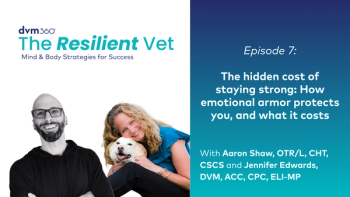
Case 10
Identifying the organism is the best way to diagnose histoplasmosis. If you still suspect the disease but can't find it cytologically, an antigen test is now available (M Vista Histoplasma capsulatum Quantitative Antigen EIA-MiraVista Diagnostics). The test has the highest sensitivity to detect antigen in urine, but serum samples can be tested as well. Serology to evaluate antibody titers is problematic in that the results may be negative in patients with localized infection, and a positive titer may indicate only previous exposure.
Histoplasma capsulatum exists in the environment as a soil saprophyte that can survive a wide range of environmental conditions. Most cases of the disease occur in the central United States following the Mississippi, Ohio, and Missouri rivers, but it has been reported in many other areas as well. Histoplasma species usually gains access to the lung through inhalation of microconidia and can disseminate to the lymphatics, liver, spleen, bone marrow, and eyes. Fortunately, no other physical examination findings or laboratory abnormalities in Max's case suggest that he has disseminated disease.
QUESTION 4
Knowing the type of fungal infection you are treating is helpful in choosing an antifungal drug with an appropriate mechanism of action. Unlike Histoplasma species, for example, Pythium species have cell membranes that lack ergosterol, so drugs that bind to or inhibit synthesis of ergosterol may not be helpful.
Match the antifungal to its mechanism of action:
A. Caspofungin
B. Itraconazole
C. Amphotericin B
D. Terbinafine
1. Inhibits fungal cytochrome P450 enzyme sterol-14-alpha-demethylase, thus blocking fungal ergosterol synthesis
2. Binds to cell membrane ergosterol, forming channels that alter potassium and hydrogen ion exchange and disrupt cell metabolism
3. Inhibits synthesis of beta-D-glucan-the major glucan in the cell wall of Aspergillus and Candida species
4. Competitively inhibits squalene epoxidase, depleting ergosterol
<<
Newsletter
From exam room tips to practice management insights, get trusted veterinary news delivered straight to your inbox—subscribe to dvm360.




